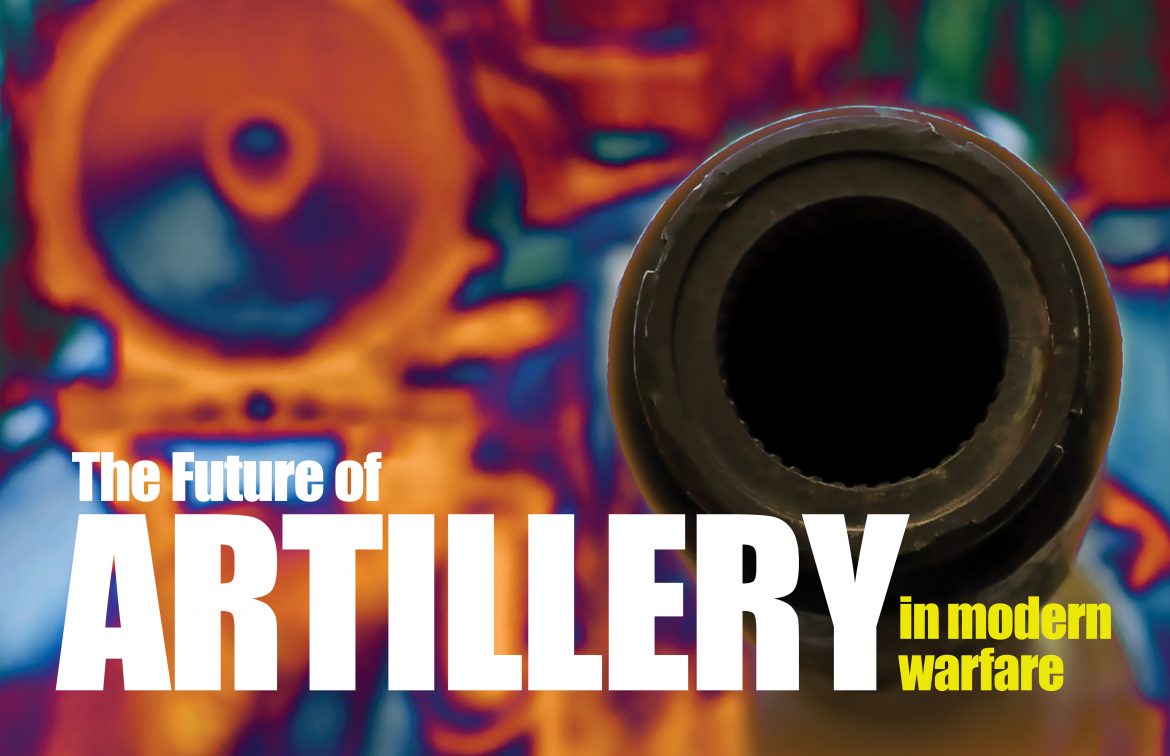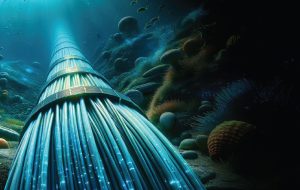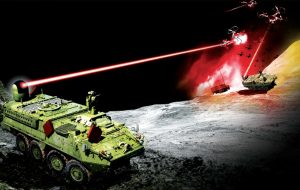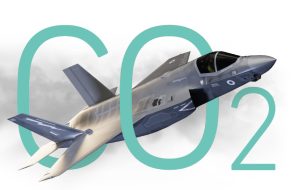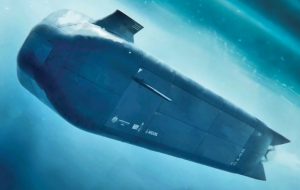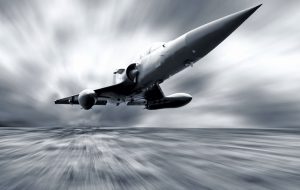Artillery has always had a prominent place among the arms of land forces, and that importance is constantly growing, given its mandate in modern battles.
To maintain its vital role in battle, artillery has to develop reconnaissance and target identification devices that locate the precise location of the enemy deep within the battlefield, as well as increase its firepower, which means improving the destructive effect of ammunition, increasing range, and shortening action time.
Other vital factors of effectiveness include boosting agility and providing enough units to engage more than one target simultaneously. Artillery plays an important role in modern battles, as military commanders recognized the importance of artillery weapons in the war of attrition on the Egyptian front (1967-1970), the Yom Kippur War in 1973, and the war of attrition on the Syrian front in 1974, so artillery is now considered the winning horse.
Recently, artillery weapons have undergone major development, including various portable self-propelled mounted cannons, and the Egyptian war factories have installed 120 and 130 mm Russian-made cannons on tank screens.
Furthermore, one of the most notable developments in the field is equipping artillery with drones that can determine the precise location of the enemy, or GPS systems to direct artillery strikes deep within the battlefield, or to ranges out of sight.
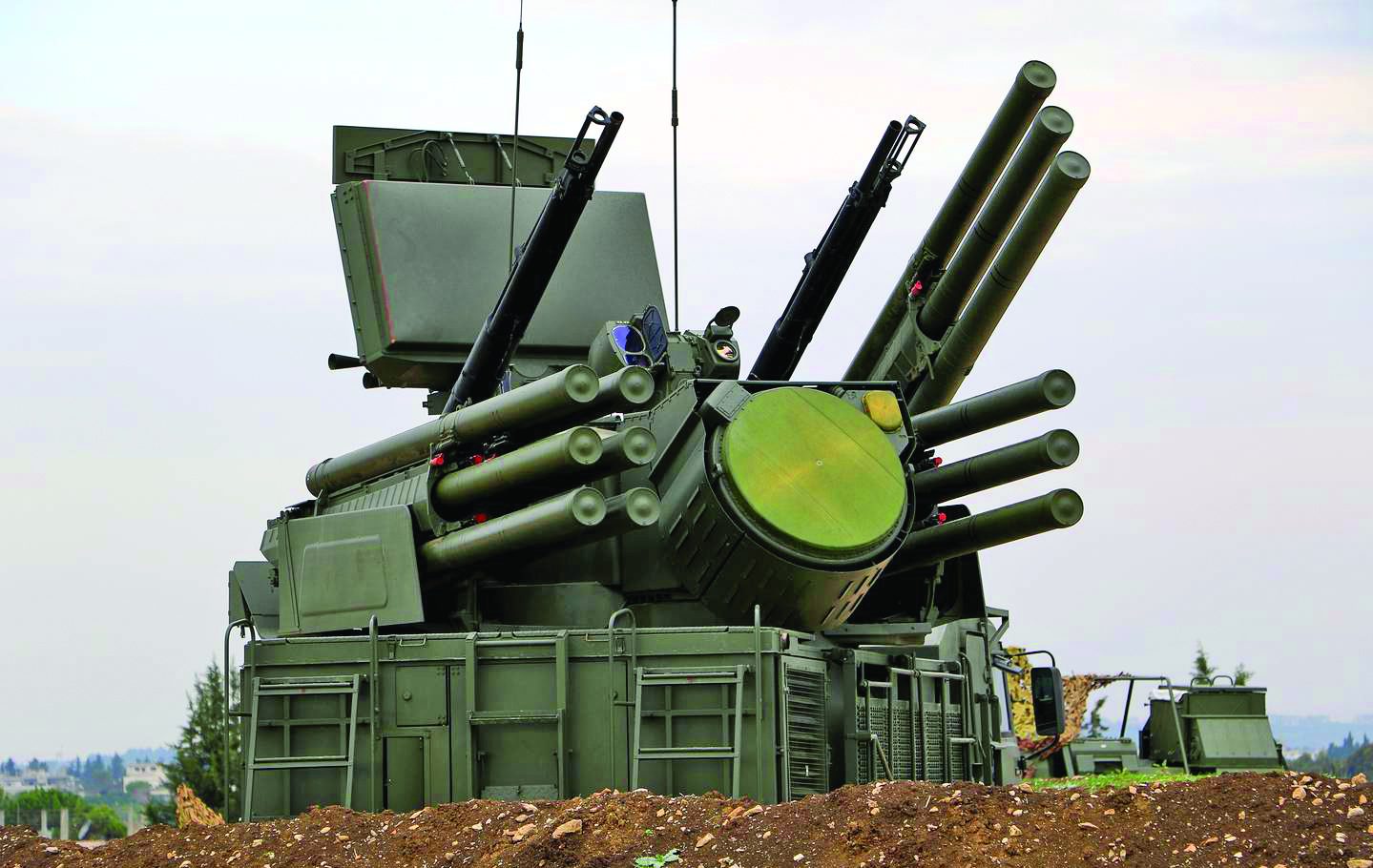
Types of Artillery
The term artillery refers to a variety of large-caliber weapons that fire explosive shells or rockets, and in our modern times, artillery refers to the Howitzer, Cannon, Mortar, and Rocket Artillery.
Artillery weapons are characterized by their ballistic trajectories, for example, infantry support guns and naval guns are used for direct fire support missions and rely on low angles, while mortars are characterized by semi-vertical firing to hit targets in valleys and behind peaks and hills using both low and high angles, and types of artillery include:
1- Field artillery: Field artillery consists of mobile weaponry designed to provide support to armies on the battlefield. These weapons can be divided into several categories such as direct infantry support artillery, mountain artillery, which are usually light to facilitate their transport through rough natural terrain, the Howitzer that fires at high angles, and the Mortar that fires shells at angles higher than 45 degrees.
2- Self-propelled artillery: This type of weaponry is mounted on armored vehicles or tanks, and it includes guns, mortars, and howitzers.
3- Naval artillery: This type includes long-range cannons mounted on warships to target enemy ships or distant land targets.
4- Coastal artillery: Fixed weaponry designed for the defense of beaches and ports, consisting mainly of large-caliber cannons that have a long range, however, their use nowadays is limited to countries that have limited defensive capabilities.
5- Anti-aircraft artillery: Ground weapons that boast great rotational speeds, and are usually mounted on fixed bases and designed to counter enemy aircraft.
However, all such weapons require explosive fillings to propel the projectile in their nozzles and deliver it to its target, and given these ballistic features, cannons are divided into the following categories:
– Fire chamber cannons: This type uses the pressure of the combustion force inside the barrel to propel the projectile and deliver it to the target.
– Recoilless cannons: This particular type of cannon relies on leaking some of the force of the explosion from small ports in the back of the cannon to balance the thrust force and cancel out the recoil.
– Rocket-propelled projectiles: Rocket-propelled projectiles rely on the wings of the shell to provide initial thrust.
– Rocket-assisted projectiles: This type uses a mixture of normal propulsion at the beginning and a small rocket engine that engages in the air to increase the range of the projectile by about 30%.
– Integrated charges projectiles: These cannons use rounds with integrated propellant charges in their metallic casing.
Rocket artillery
The development of instruments of war has not stopped military minds from striving to increase firepower to saturate the battlefield, which inspired the idea of multiple launcher nozzles and rocket launchers used today by most of the world’s armies.
In the past, using artillery effieciently required the use of a company of cannons (6 cannons), or an entire battalion (18 cannons), to produce intense fire on the battlefield.
However, the invention of multiple launcher nozzles changed the number of cannons needed and thus began the era of rocket artillery, which has the effect of artillery shells and boasts up to 40 nozzles in each launcher, and while the rate of hit by artillery fire is 1 in 10 targets, the rate increases to 1 in 3 targets when using a barrage launcher, thus reducing the margin of error at the expense of the margin of effectiveness.
Furthermore, the use of cannons or launchers depends on the nature of the targets and the adopted tactics, as point targets require the use of cannons while cluster targets (which cover a large area) require multiple launchers or nozzles.
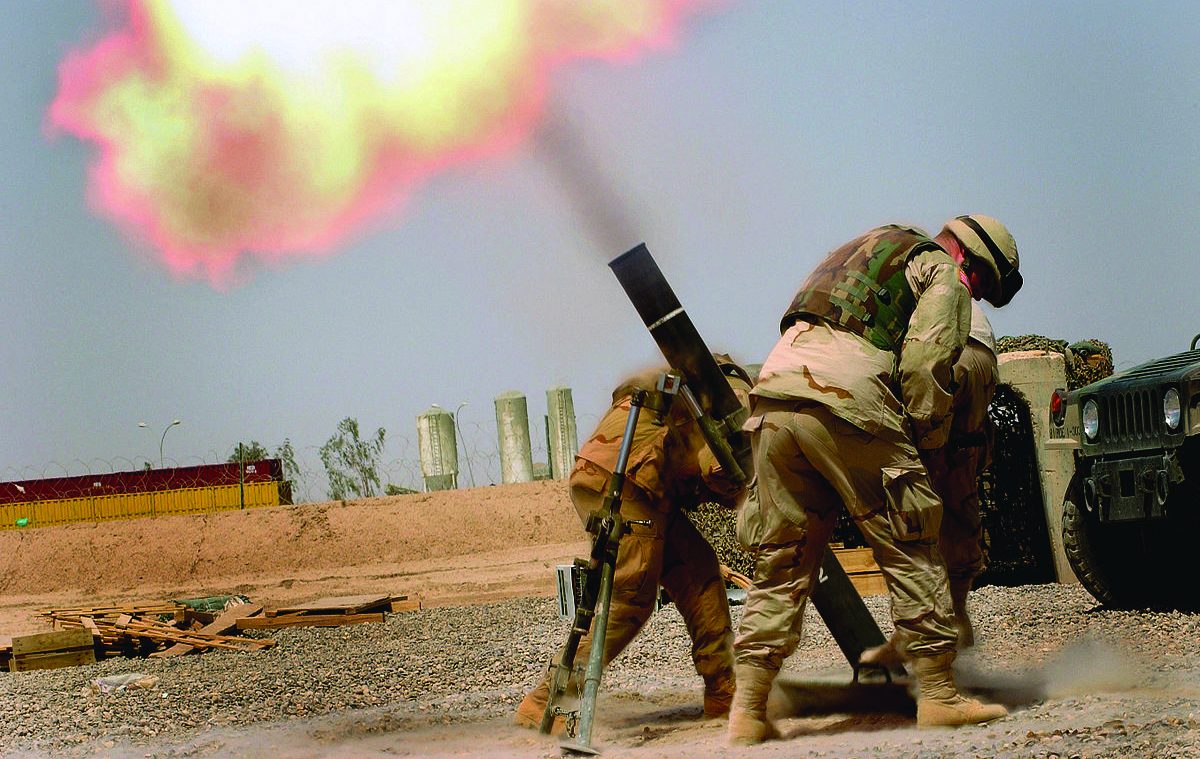
Boosting the destructive power of artillery munitions
Artillery units use different munitions to deal with the varying nature of assigned targets, which could range from personnel out in the open, in bunkers, or shelters, to armored targets such as tanks and armored vehicles; given that each of these targets has different characteristics.
Extending munitions’ range
There are 3 main methods for extending the range of artillery munitions.
The 1st method involves procedures carried out on the projectile or the warhead.
The 2nd method involves increasing the length of the barrel and the projectile’s journey inside it.
The 3rd method involves making adjustments to the internal ballistics, such as increasing the size of the combustion chamber or using highly efficient propellant materials.
Increasing the range by modifying the projectile is done through the following methods:
• Aerodynamic optimization: Used on the M5A1 projectile, increasing the length of the projectile to 43.5 inches compared to the M107 projectile (27.5 inches), leading to an improvement in the shape of the front curve (Ogive), thus improving the aerodynamics of the projectile.
• Rocket propulsion: Used in the American M549 projectile to increase its range from 18 to 24 km while using the same howitzer.
• The Ramjet: using the air as an oxidizer this method is expected to increase the range of the 8-inch projectile used in the M110A2 self-propelled gun to 60 km.
• The miniature caliber: using the miniature caliber of the Canadian 175mm projectile increased its range from 32.7 to 40 km.
Furthermore, extending the barrel to increase the range of the projectile was used on the 155mm howitzer.
Foundations of artillery success
In most armies, the sucess of field artillery is based on three basic elements, the most important of which are the “Forward Observer” (FO), which is the watchful eye, followed by the “Firing Direction Center” (FDC), and last but not least, the artillery itself, which require the presence of the following factors to achieve success:
1- Deployability: The ability to deploy artillery on the battlefield without obstacles can affect its tactical and strategic operations.
2- Abundance: The ability to fire once deployed, providing the required support for forces at the right time and using the desired power.
3- Presence: Providing moral support for friendly forces, sending a demoralizing message of deterrence to the enemy, and suppressing its artillery when needed.
4- Capability: The power to carry out missions in various weather conditions from anywhere, day and night.
5- Continuity: Coordinating actions so that the artillery continuously and consistently opens fire when necessary and per target size.
6- The area of influence: The area affected by artillery fire, which must be well defined in operational orders.
7- Response: The artillery’s ability to turn according to the required priorities, which may change the rate of fire, type, and quantity of shells during the course of the battle.
8- Synchronization: The ability to engage various targets simultaneously and over a large area within a short period.
9- Type of influence: Artillery can produce a variety of effects using a wide range of projectiles, which vary according to the characteristics of the target.
10- Durability: Having a durable system that can be relied on to destroy and exhaust the enemy.
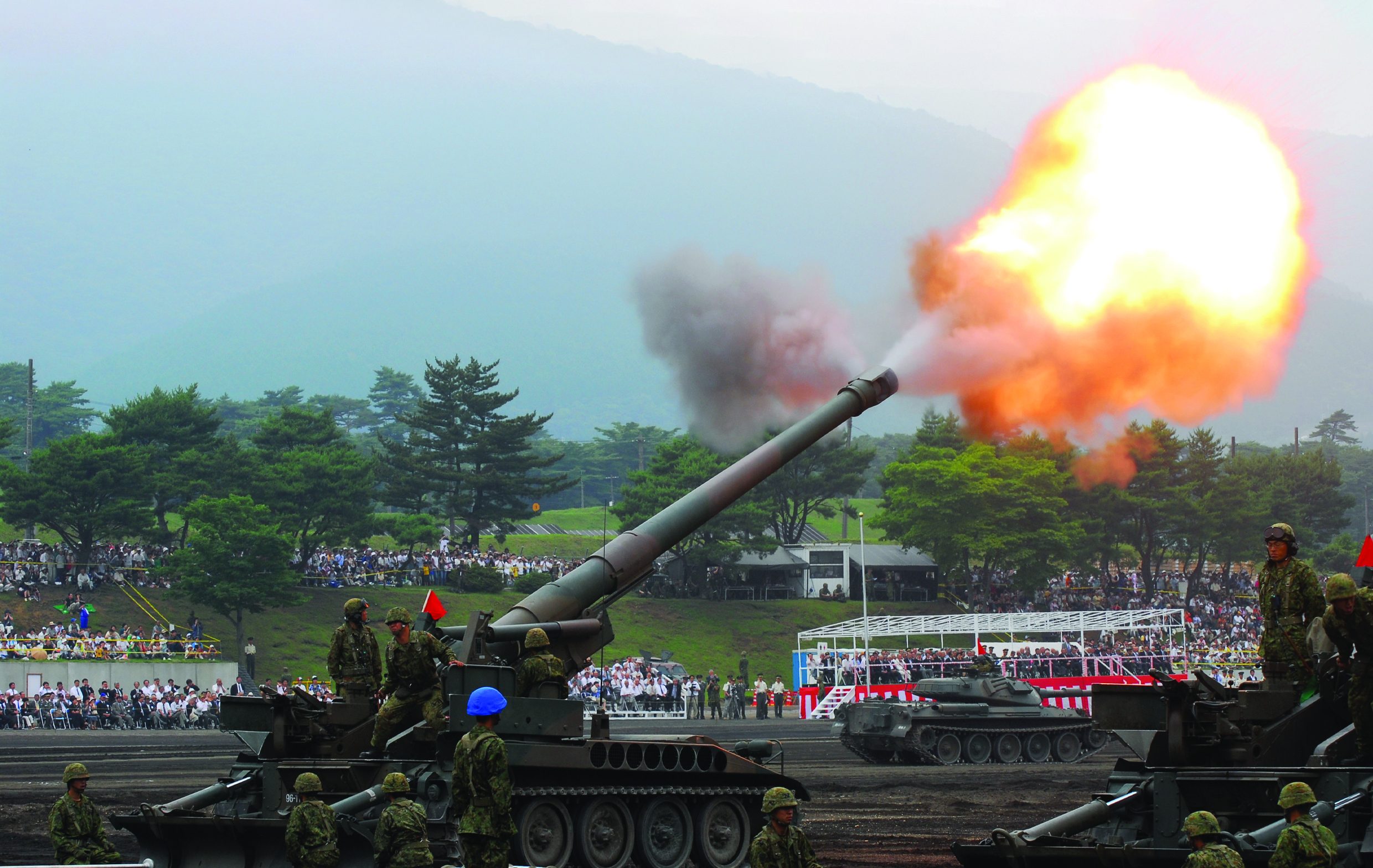
The characteristics of future artillery
The expected characteristics of future artillery can be summarized as follows:
– The use of smart munitions will give the artillery the ability to engage armored targets efficiently; therefore, we must avoid neglecting high-explosive munitions and instead double their efficiency by using the available technology to increase their fragmentation ability (the number of fragments and their mass), as well as increase their area of impact.
– Furthermore, there must be additional focus on the development of smoke and flash munitions, especially against optical devices using thermal infrared and laser beams.
– Artillery will have an average range of more than 40 km, and thus will be able to engage the forces of the second echelon, as well as the enemy’s assembly and administrative areas.
– Unified shape and size propellants or liquid propellant material, will be used to increase the rate of fire and automatic reload.
– As cannons become capable of self-propulsion, automatic reload, and aiming, the ammunition depot area behind the cannon will become obsolete, thus the cannon will be capable of carrying its ammunition, boosting its mobility from one site to another on the battlefield.
– The ammunition supply system will be developed including packaging and handling of ammunition, making the process of supplying cannons with ammo in the supply area convenient.
» Dr. Moeen Ahmed Mahmoud (military researcher and strategist)


